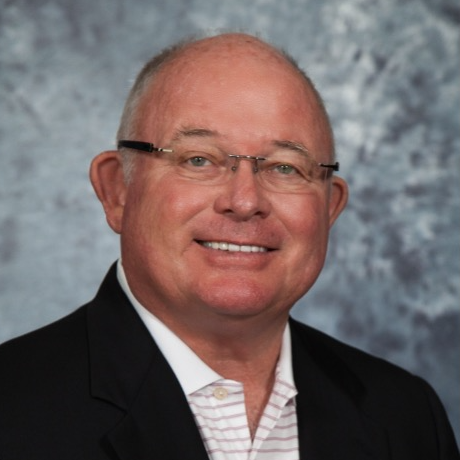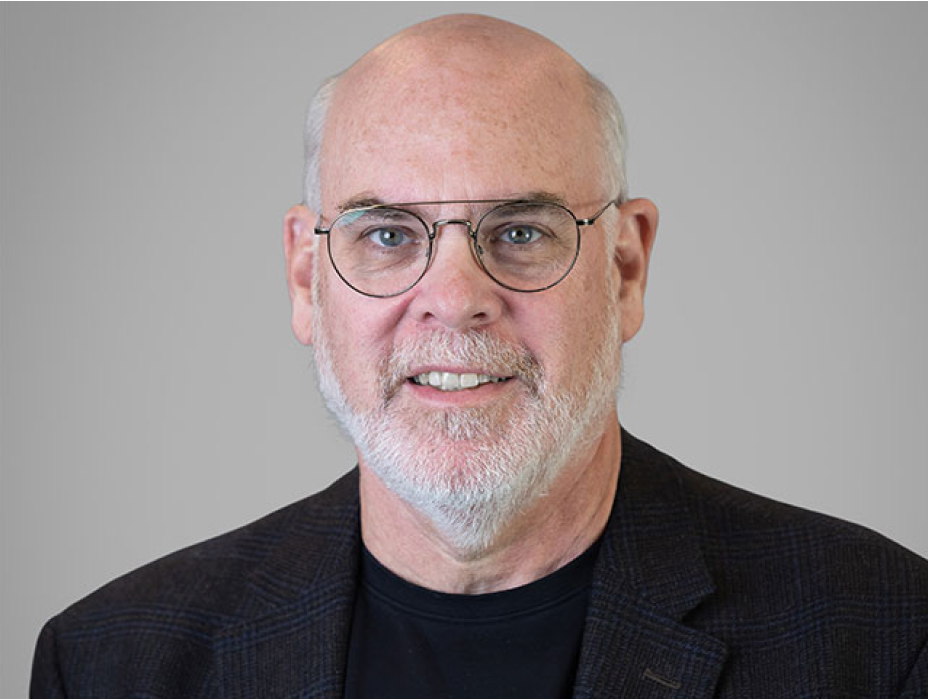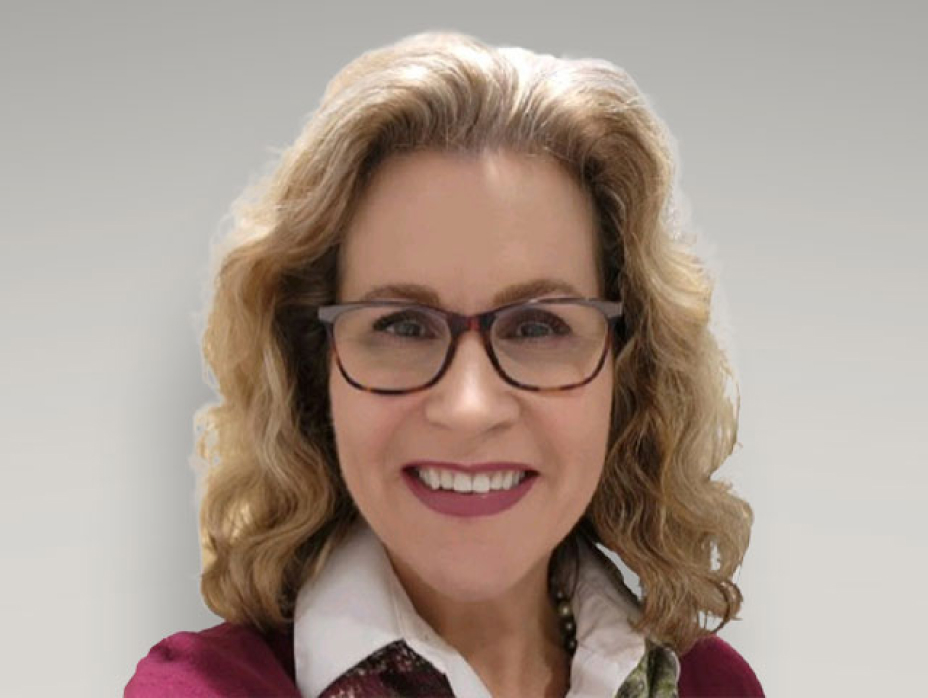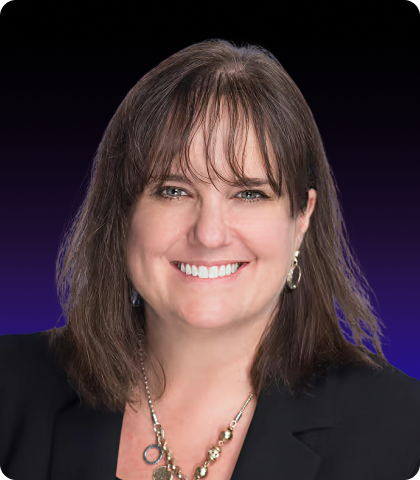Independent insurance agencies don’t have enough people serving high-revenue generating accounts and have too many professionals on low-performing parts of the business. How do agencies truly ‘right-size?’
Roger Sitkins has spent four decades consulting with independent insurance agencies. He’s discovered something about the state of insurance agency staffing that might make even the most aggressive cost-cutting executives do a double-take.
After analyzing data from agencies ranging from $3 million to $100 million in annual commission income, Sitkins has found what he calls “three hidden profit and agency valuation drains” that most agencies don’t even know exist.
His analysis challenges a fundamental assumption about the ways many view the industry’s difficulty in attracting and retaining people in key positions.
“Most agency executives believe there is a talent crisis happening at insurance agencies,” Sitkins declares in a Zoom call from his Fort Myers, Florida office. “However, most agencies simply have too many employees.”
Beyond the 80/20 rule
To illustrate his point, Sitkins mentions the Pareto Principle. Otherwise known as the “80/20 Rule,” it posits that 20% of a company’s clients generate 80% of its revenue.
Sitkins has taken this analysis several steps further. He calls it the “Sitkins Principle.”
Citing extensive research with his private client group of larger agencies, Sitkins discovered a dramatic reality facing companies’ human resources and managers. “What we found was that the top 25% of the customers are 88% of the revenue,” he explains. “The next 25% are only 8%, but that means the top 50% of the customers are 96% of the revenue.”
Taken to its conclusion, the Sitkins Principle suggests that if the top half of an agency’s clients generate 96% of revenue, that means the bottom 50% of clients contribute only 4% of total revenue.
“There’s a really good chance that the top 25% of your customers are generating 150 to 175% of your profits,” Sitkins notes. In other words, there’s a disconnect when three-quarters of a firm’s customers may be driving losses (i.e., “negative profit”) versus the quarter, who may be more than doubling an agency’s income in contrast.
Apart from assessing the validity of his findings, the key question facing agencies is what to do about the root causes of this revenue imbalance and its impact on revenue per employee. Is it a matter of shedding staffers or just redeploying them? Or is it a matter of both?
Underservice and overservice issues
In his report (download here; registration required) on “The Three Hidden Profit and Agency Valuation Drains,” Sitkins writes that these loss-drivers operate like hidden taxes on agency valuation. They stem from a fundamental misallocation of resources, he says.
As Sitkins tells it, the three drains are profitable producers subsidizing unprofitable producers, profitable clients subsidizing unprofitable clients, and profitable internal employees subsidizing unprofitable internal employees.
“It’s an awareness problem,” Sitkins says. “Overall, agency profits continue to be in the 20% to 25% range; thus, agency executives just don’t think about it.”
He recounts working with one of his Sitkins Network Private Clients that generates $14 million in commission income. While he declined to identify the client, he says he considers the agency owner particularly astute.
“When I showed him the analysis, he kind of panicked, and he said, ‘I never knew that.’ And he was right at the average—4% of revenue from the bottom 50%.”
The awareness gap extended beyond just that agency’s numbers. The agency executive stated, “All those employees that work on the bottom 50% of accounts — that’s where all my HR problems are,” Sitkins says. “What so many agencies unintentionally do is under-service their best customers and over-service their worst customers.”
The mathematics of misallocation
The financial impact becomes clear when examining key performance indicators. Sitkins focuses on two critical metrics: revenue per employee and spread per employee.
Revenue per employee is calculated by dividing total revenue by the number of full-time equivalent employees. Spread per employee is the average revenue per employee minus the average compensation per employee. Think of the spread per employee as gross profit per employee.
A well-run agency generates roughly $250,000 to $275,000 of revenue per employee. But when Sitkins breaks down agencies by the four 25% customer tiers, or simply the top 50% versus the bottom 50% of customers, the disparities are dramatic.
“One of the first agencies we presented our analysis to was a $10 million commission income agency. We determined they had revenue per employee of $340,000 on the top 50% of customers — approximately $90,000 more than the Best Practices Study results for an agency their size,” he recalls. “But if they only had the bottom 50% of customers, their revenue per employee would be $30,000.”
The math reveals why this matters for agency valuation.
“If your revenue per employee is less than $300,000, you have excess employees. The negative impact on agency valuation is alarming. When considering the salary and benefits, your cost of one employee could easily be $75,000. With an agency valuation of 12 times EBITDA, that’s $900,000 of lost value,” Sitkins writes. “If you’re doing that for two employees, you’re spending $150,000 that you could be saving and suffering $1.8 million of unrealized agency value.”
The capacity problem
Rather than needing more people, Sitkins argues that agencies need to deploy their existing talent more effectively. He refers to this as addressing capacity issues in both sales and service functions.
“Your salespeople should spend 80% of their time on sales-related activities,” he explains, describing what his firm calls “the green zone.” This includes generating new sales, managing relationships, filling pipelines, and continuing client relationships rather than just renewing policies.
“The average producers spend a little less than 50% of their time in the green zone,” Sitkins notes. “It’s like sports. You can’t score points if you’re sitting on the bench.”
The service side faces similar challenges. Most service professionals are constantly dealing with producers getting involved with service-related transactions. Most of the time, incomplete information is gathered, and the service professional must become involved. Additionally, they are constantly being interrupted to address non-emergency issues. Due to incomplete information and non-emergency interruptions, actual productivity is lower than it could be. Agencies have excess service capacity being wasted by these inefficiencies.
The redeployment solution
Instead of hiring more staff, Sitkins advocates for repositioning existing employees to higher-value functions.
One key strategy involves creating what he calls a Business Development Center, or as he’s recently renamed it, the “Business Discipline Center.”
This approach addresses a glaring inefficiency in client relationship management. Despite having ideal clients, the top 25%, who should receive an annual Stewardship Report, most agencies are too busy to fulfill this task. As a result, the producers are not maximizing their best relationships and certainly aren’t asking for referrals. Sitkins poses a question. “Guess what percent of the top 25% of customers, who are 88% of the agency’s revenue, gave a referral last year?” Sitkins asks. The answer: a mere 1% to 2%.
In response, Sitkins’ firm developed a “reverse referral process.” The goal is to generate referrals over 80% of the time from the top accounts you want to replicate.
Technology and process integration
Ultimately, the solution isn’t just about staffing, Sitkins hastens to add. It’s about leveraging technology more effectively.
“The average agency today will spend hundreds of thousands of dollars on their technology,” Sitkins says. Yet most agencies use less than 50% of their system capabilities.
He points to outdated models and other obsolete processes that exacerbate the problem.
When a service person receives a client call about adding a vehicle or making a change, “the first tool the average service person uses is one of these,” he says, miming writing on paper. “They go to a yellow legal pad and write out the information, then hang up and go to the system.”
His rule is simple. “If you get paid once, handle it once. The minute you handle it a second time on any transaction, you lose money.”
The relationship business reality
While insurance remains fundamentally relationship-driven, Sitkins argues this applies primarily to the right accounts.
“Insurance will always be a relationship business on the right accounts,” he clarifies. “Because Geico and Progressive would not be as big as they are if it were relationship-based. They’re price-based. And that allows them to be marketing-based and spend millions of dollars on TV commercials and social media.”
For small accounts generating $100 or less in commission income, meaningful relationships become economically unfeasible. “Agents can’t talk to them,” Sitkins notes. “Those are accounts that will leave your agency next year if they can save $30.”
Right-sizing done right
Sitkins advises thoughtful “right-sizing.” This isn’t about wholesale job cutting. It’s about determining optimal staffing levels based on revenue generation rather than workload complaints.
His litmus test for hiring is straightforward: “What is our goal for revenue per employee?” That’s followed by “How will this person directly or indirectly generate that amount of revenue?
“If you can’t tell me the answers, you can’t have those staffers,” he says.
Agencies need to move beyond traditional growth metrics, Sitkins says when asked to boil down his report’s message.
While the industry has experienced strong organic growth and profitability in recent years, Sitkins argues that addressing these hidden drains could unlock significantly more value.
He points to one $23 million commission income California agency he worked with. Based on the Sitkins analysis, they had 17 excess employees costing approximately $100,000 each, including benefits. At $1.7 million in excess expenses and a 12-times valuation multiple, that represents $20.4 million in lost agency value.
In that view, although retaining and obtaining talent will always be a concern, it may not be about finding more people right now. It’s about finding and placing the right people in the right areas to serve the right clients in the most profitable way.
“You ought to thank God every day that you’re in this amazing business,” Sitkins says when asked about the opportunities in insurance versus working for tech companies or in banking. “I like to ask agency owners and producers, ‘How many of you are making more money than you thought you’d make? How many are making more than if you had a traditional job? How many of you would be fired if you had a traditional job?’ You should see the overwhelming number of hands that go up.”













